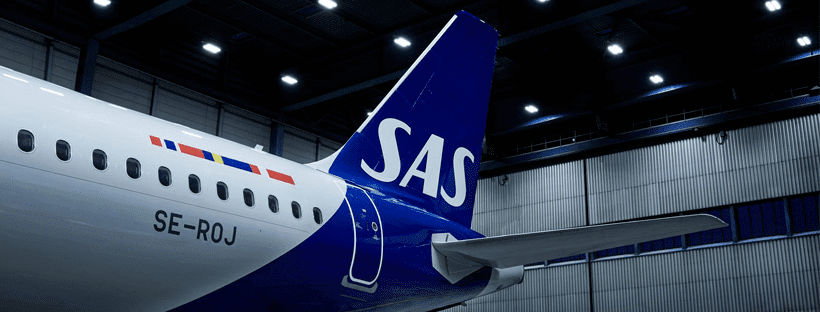
93309636 10163431185870788 5056709827896541184 n
SAS is having great difficulty in getting support for its SAS Forward transformation plan from key stakeholders. It risks ending up in a court procedure as negotiations have been unsuccessful so far, the airline said on April 29 in a media statement. SAS transformation risks getting nowhere without union support.
With ‘key stakeholders’, SAS is referring to pilot unions from which it has failed to get support for the Forward-plan that seeks SEK 7.5 billion in cost savings by FY26. Of this, SEK 3.5 billion are new reductions that come on top of the previous SEK 4.0 billion that are part of the 2020 recapitalization plan that saw the Scandinavian airline get through the pandemic.
Part of the Forward plan is a new business structure that divides SAS into four business units: the ‘legacy’ carrier that will focus on long-haul traffic, Ireland-based SAS Connect to cover the European network, Copenhagen-based SAS Link for regional/short-haul, and wet-lease partners (like airBaltic). While SAS Link launched operations on April 19 using a single ex-Flybe Embraer E190, the launch of SAS Connect has been delayed over opposition from unions. SAS wants to introduce lower wage schemes and other simplifications to the collective agreement for Connect. The plan was to start the first services of Connect early this year, CEO Anko van der Werff outlined in November.
A slide from February’s presentation shows how cost reductions are planned. (SAS)
Pilot unions walked out of negotiations last month
However, a month ago on March 29, the unions walked away from negotiations of Forward. At the time, SAS responded by saying that “by doing so, they are putting the entire company at stake, including thousands of colleagues’ jobs and careers.” It added: “SAS is in a more severe situation than ever, but we owe our lenders, owners, employees, and not the least our customers – as well Danish and Swedish taxpayers – to secure a place for SAS on the future market. We can only do this by moving forward with a plan that ensures a future competitive SAS.”
Pilot union Svenska Pilotförening responded that same day with a statement, saying “SPG had no other option but to break off negotiations, as there were no opportunities to be able to agree. The next step in the process can be mediation before a conflict breaks out.” The union said the legal action was their last resort but noted that negotiations have been dragging on since late last year. SPG excluded any actions during the Easter holidays so as not to affect customers but now seems ready for the next step.
Cost reductions are key
Meeting the cost reduction target is key for SAS to enter the next phase of the Forward plan: securing fresh equity from the Swedish and Danish governments, the two biggest shareholders in the airline. The two already provided a combined SEK 6.0 billion for the issuance of new common shares, SEK 6.0 billion in new hybrid notes, and SEK 3.0 billion in fresh credit. “As outlined (in February), the success of the SAS Forward Plan is entirely dependent upon an ability to deleverage SAS and raise significant amounts of new equity capital”, the airline says. SAS had to make SEK 174 million interest payments on its capital securities on April 25 and 26 but said on April 7 that this would be deferred until further progress on Forward was made.
Today’s statement adds: “SAS management and its advisors have outlined to certain key stakeholder groups the importance of achieving the full burden-sharing in an out-of-court process as a means of reaching a competitive cost structure and earning the support from financial parties for both the full debt-to-equity conversions and raising the new equity capital. Unfortunately, to date, such negotiations have yielded little results and much remains to be done before SAS management and board can declare success with this program.”
SAS will present its Q2 results on May 31.
Views: 1




